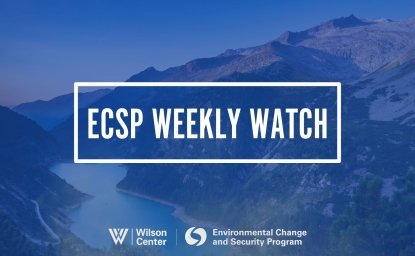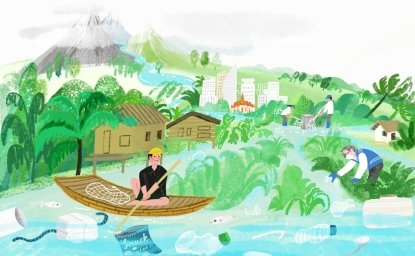About the Nurdle Minigame
The Nurdle minigame in The Plastic Pipeline challenges you to take charge of cleaning up our oceans. How do you play the minigame, what are nurdles, and can you really net them?
The Nurdle minigame in The Plastic Pipeline challenges you to take charge of cleaning up our oceans. How do you play the minigame, what are nurdles, and can you really net them?





Nurdles are plastic pellets that are the building blocks of most plastic products. Every year, approximately 11.5 trillion nurdles are dumped into the ocean, adding to the already existing fifty-seven trillion microplastic particles that have accumulated. These nurdles impact aquatic life, birds, and enter our water and food sources. Nurdles are toxic, spread harmful bacteria such as E.coli, and over time break down into even smaller microplastics. The prevalence of these microplastics is so great that they have been found in human blood and tissue.

A lot of discussion around single use plastic pollution solutions focuses on clean up efforts. Clean up processes are difficult, expensive, and not completely effective. Due to the small size of nurdles, it is challenging to mechanically sort them out from other sand or riverbank material.
The only effective way to combat microplastic pollution is by stopping it at the source and really examining how we produce single use plastics. In 2015 President Obama signed the Microbead-Free Waters Act of 2015 that banned microbeads in cosmetics and personal care products. By addressing where nurdles come from is one of many steps needed to address this issue

This nurdle minigame simulates a similar event to the spill of May 2021. Off the coast of Sri Lanka, a ship called the X-Press Pearl caught fire and sank, discharging roughly 1,600 tonnes of tiny plastic pellets overboard. The nurdles from this spillage covered local beaches, were mistaken for food and ingested by marine life resulting in death, impacting the local fishing and tourism economy, and required a clean up by both machines and by hand. Even with great effort to clean up the nurdles, the damage caused could not be fully reversed.
This minigame puts the player in charge of cleaning up small plastic pellets called "nurdles." These nurdles have gotten loose after a cargo ship lost boxes en route to a plastic products factory. Your job is to save marine life from being exposed to this pollution through quick action, netting nurdles, and cleaning up our ocean. Test your skills!


The Serious Games Initiative communicates science and policy complexities through the world’s most dynamic medium: gaming. Read more


China’s global footprint isn’t just an economic one, it’s an environmental one. From BRI investments in Africa and Asia to its growing presence in Latin America, understanding China’s motivations, who stands to gain - and who stands to lose - is critical to informing smart US foreign policy. Read more



